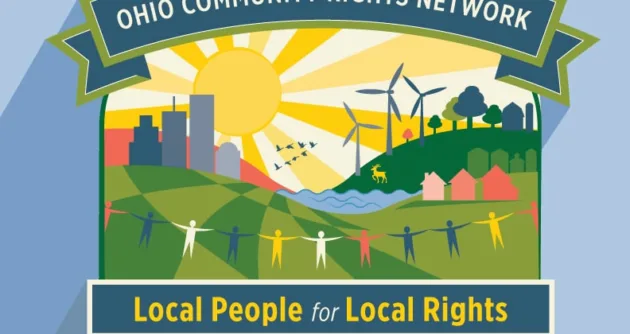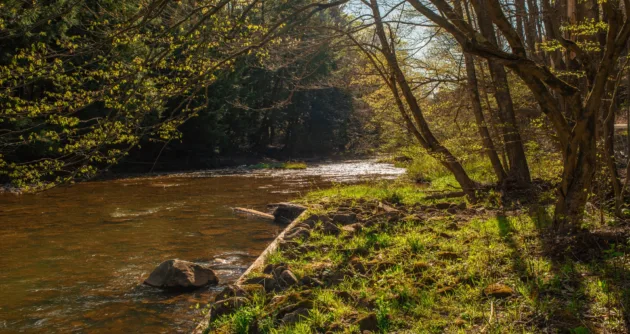...a “Community Bill of Rights.” The Charter bans injection wells as a violation of the rights of those living in the township and recognizes rights…


...a “Community Bill of Rights.” The Charter bans injection wells as a violation of the rights of those living in the township and recognizes rights…
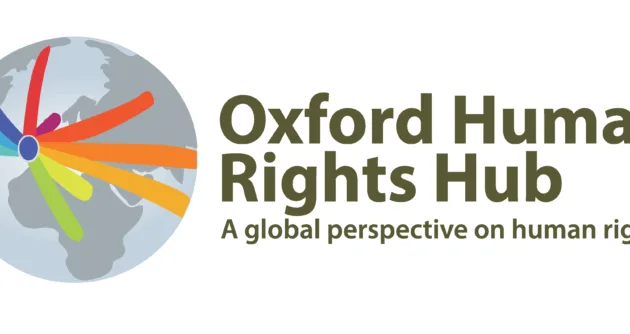
Human rights to a healthy environment are gaining recognition - and today, the rights of nature are growing as well. Here, CELDF's Mari Margil speaks…
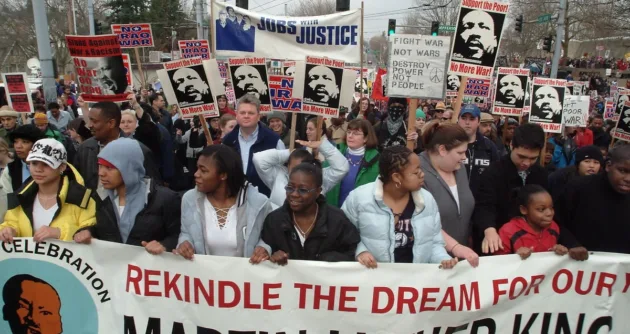
The U.S. Supreme Court will not be backing our efforts to advance rights. We must advance those rights anyway, seeking guidance and inspiration from movements…
The rights of municipal corporations and communities have been eroded over time to where we, municipality and community, have very little power over our own…
CELDF, a founding member of the Global Alliance for the Rights of Nature, joined in an international gathering hosted by the Alliance in Octavalo, Ecuador,…
An historic vote by the people of Toledo, Ohio, marks the first time in the U.S. that the rights of an entire ecosystem are secured…
Community Rights and Rights of Nature continue to grow in Ohio as Williams County residents submit their citizen initiative to protect themselves from corporate water…
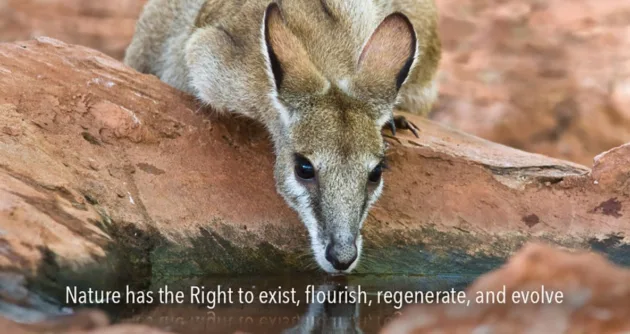
The first Rights of Nature legislation is introduced in Australia, into the Western Australia Parliament. CELDF's International Center for the Rights of Nature assisted in…
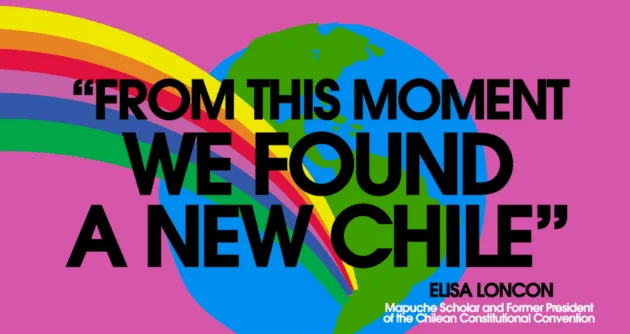
...looks like when Rights of Nature are enforced. Photo by Robinson Recalde Since 2006, CELDF has continued to be an active and long-term contributor to…
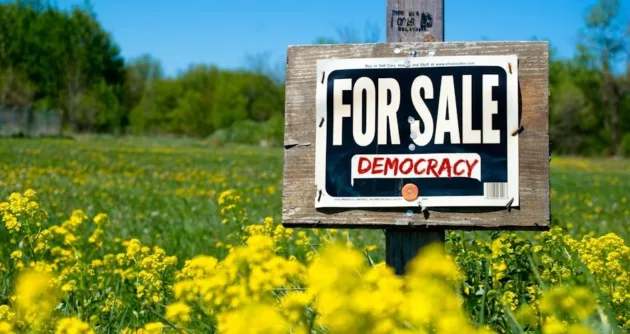

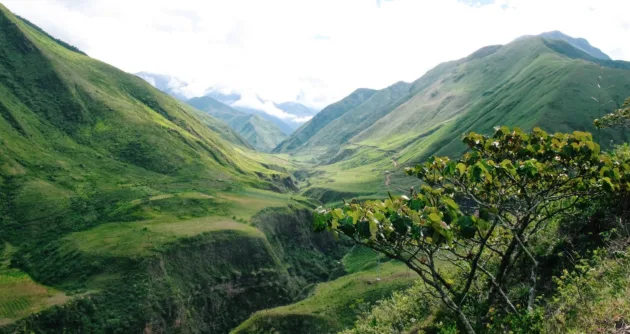
...helping build a decolonial movement for Community Rights and the Rights of Nature to advance democratic, economic, social, and environmental rights – building upward from…
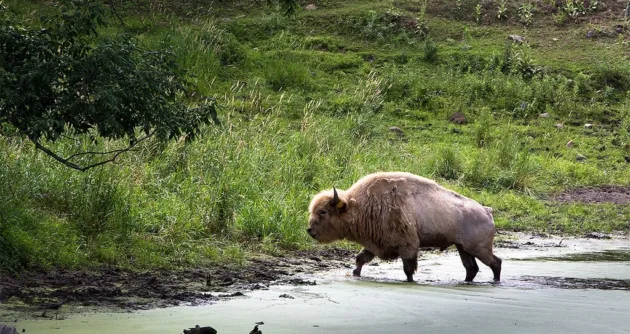
The General Council of the Ho-Chunk Nation votes overwhelmingly to amend their tribal constitution to enshrine the Rights of Nature - the first tribal nation…
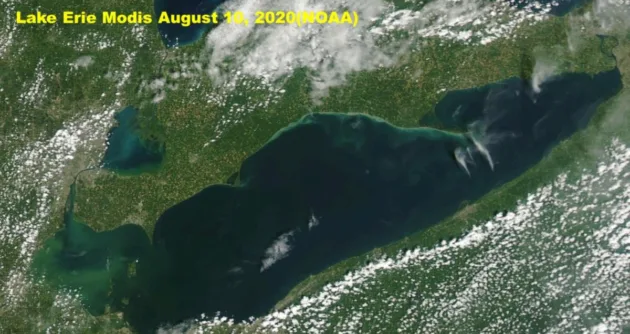
Toledo, Ohio residents give oral arguments in Lake Erie Bill of Rights pro se lawsuit to advances one avenue for participatory Rights of Nature enforcement....

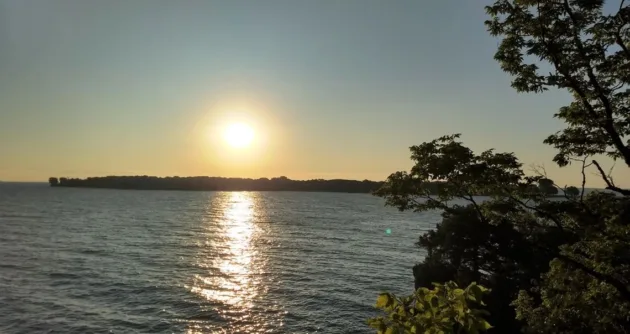
...York State Assembly by Patrick Burke. If it becomes law, the Great Lakes and State Waters Bill of Rights, would recognize the “unalienable and fundamental…
